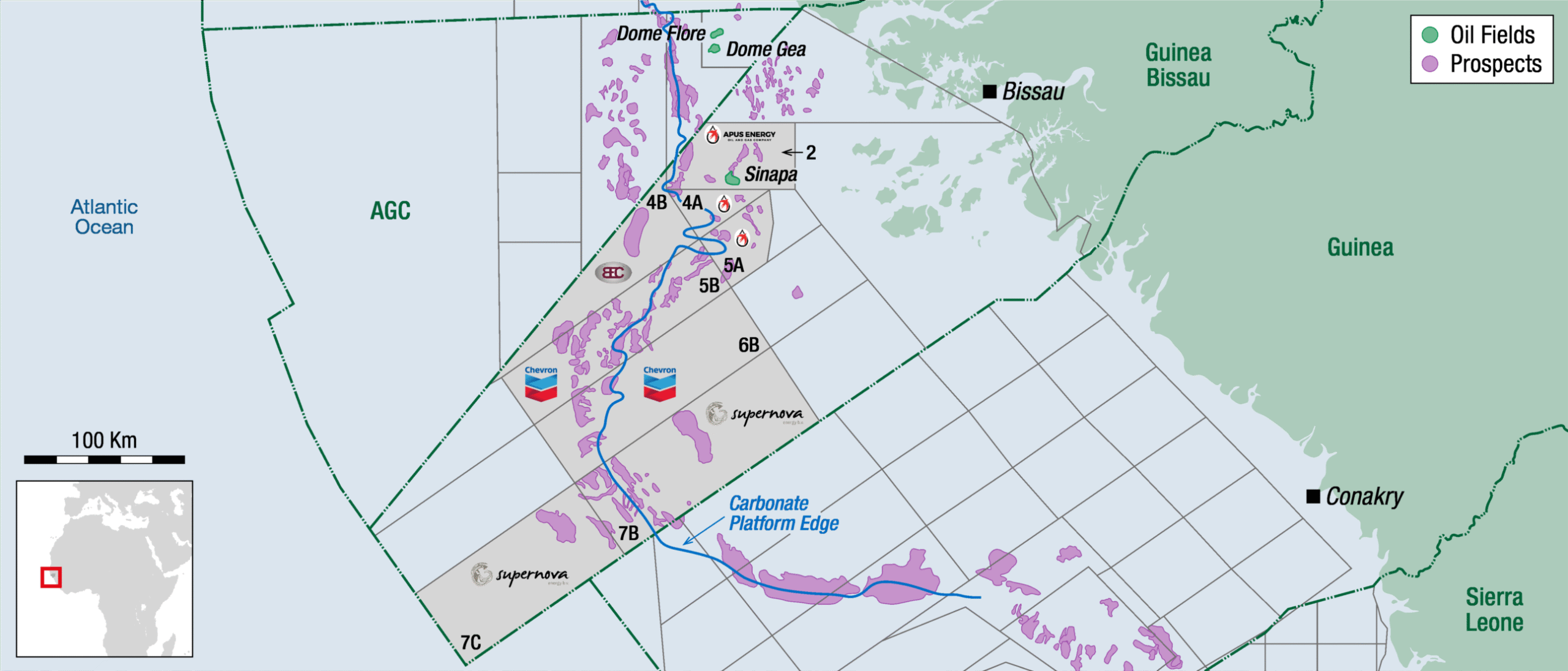With geopolitical uncertainty, a slowing shale industry, volatile oil prices and the energy transition, 2020 promises to be an interesting year in the upstream oil and gas industry.
Brent crude spot price ($/bo) in 2019. Source: EIA
It has been a bumpy ride in the oil and gas industry for several years now, and 2019 was no exception.
Gas prices overall have been dropping through the year, to levels that IHS Markit say are the lowest in real terms since the 1970s. Meanwhile, oil prices continued to show volatility, with Brent crude starting the year at $57, rising to $74 in April, before dropping back down to $56 a few weeks later, and then rising – with a few more ups and downs – to its present early January rate of close to $70. The most recent spike in the price is a direct result of geopolitical activity and uncertainty in the Middle East and this influencing factor is unfortunately likely to remain important in 2020.
Offshore drilling, particularly in deepwater, bounced back with some notable discoveries in 2019, including ones in Guyana, Mauritania, Cyprus and South Africa. This looks likely to continue in 2020, with Rystad Energy predicting that deepwater upstream investment will increase by over 5% next year. Further evidence of increasing confidence in offshore exploration comes from offshore seismic companies, which have reported improved performance from contract work, although multi-client sales are still apparently slow.
Continuing Over-Production of Hydrocarbons
© leodikan / 123RF.com
However, the long term future is inextricably linked with supply – or in fact, over-production, as both the US and OPEC continue to pump oil into a market that is already well supplied, despite reduced input from major oil producing countries like Iran, Venezuela and Libya. The LNG market is also getting close to capacity, a significant contributor to the collapse in gas prices.
We are all aware that a major game-changer in the oil market has been the booming shale oil industry in the US, but there are indications that this is beginning to slow down; Permian Basin shale completions, for example, fell by 16% in November. Rapid production decline in individual wells appears to be worse than previously thought, according to a Wall Street Journal investigation. There is also evidence that shale oil wells are producing more gas than anticipated, which has resulted in an increase in flaring in some shale regions, which cannot be an environmentally advantageous solution.
Despite shale companies cutting costs and becoming more efficient, it appears that the tried and tested solution of drilling yet more wells is not working in the long term, and investment is slowing amid fears that the returns are not sufficient. According to some reports, about 200 North American oil and gas businesses have declared bankruptcy since 2015, and it is feared that the huge debt held in many companies in the shale plays will result in further failures in 2020.
Leading With Sustainable Energy
Illustration of the floating offshore wind farm that from late 2022 will power the Norwegian Snorre and Gullfaks platforms. © Equinor.
Overshadowing these operational and relatively short-term issues is the long term future of the industry. Climate change, the withdrawal of investment funds, planet earth activists and public opinion have combined to push the transition to sustainable energy to the top of the agenda. This is a topic that the oil and gas industry is now actively addressing through both discussion and policy, as industry players throughout the world push to ensure that they are showing the lead in this scenario. Passing through an airport recently, I noticed the walls were festooned with adverts for a supermajor oil company – with no mention of oil anywhere. This is indicative of what I believe should be one of the most important messages going forward into 2020: the global oil and gas industry is an integral part of the energy transition and the move into sustainable energy.
Major European companies in particular have begun to make progress in these areas, primarily by acquiring stakes in successful renewables projects, ranging from vast solar generating farms and new wind projects to supporting the infrastructure for heavy duty trucks powered by gas. Companies are also aiming to increase their use of carbon capture, utilisation and storage and to cut emissions from their operations. The idea that a main driver for oil companies is the transition to sustainable energy sources is a message that we all need to work with.
The New Normal for the Oil and Gas Industry
So while many of us have been waiting for the traditional bounce back in this famously roller-coaster industry, maybe this era of volatile oil and gas prices, less investment, lower returns and ongoing uncertainty is here to stay? Couple these with the transition to sustainable energy and the major changes being wrought throughout the world by digitisation and the use of artificial intelligence and it seems obvious that this is an industry in a state of flux.
Is this the new normal?





